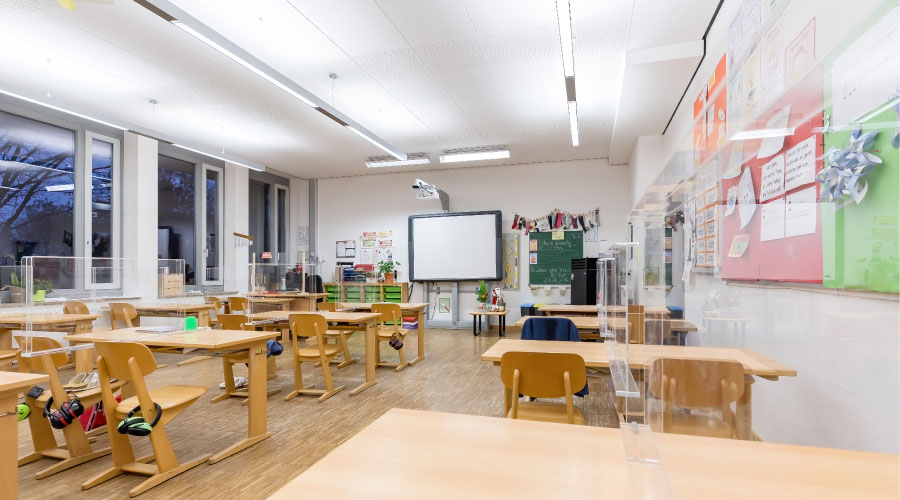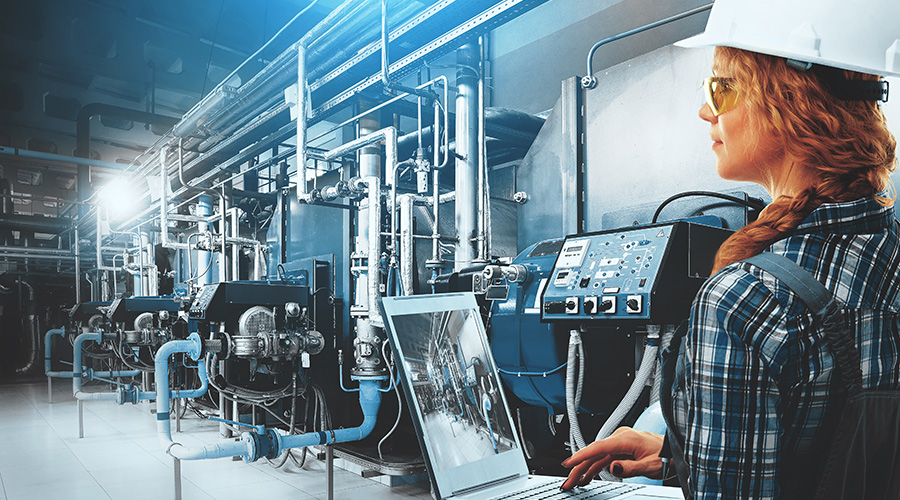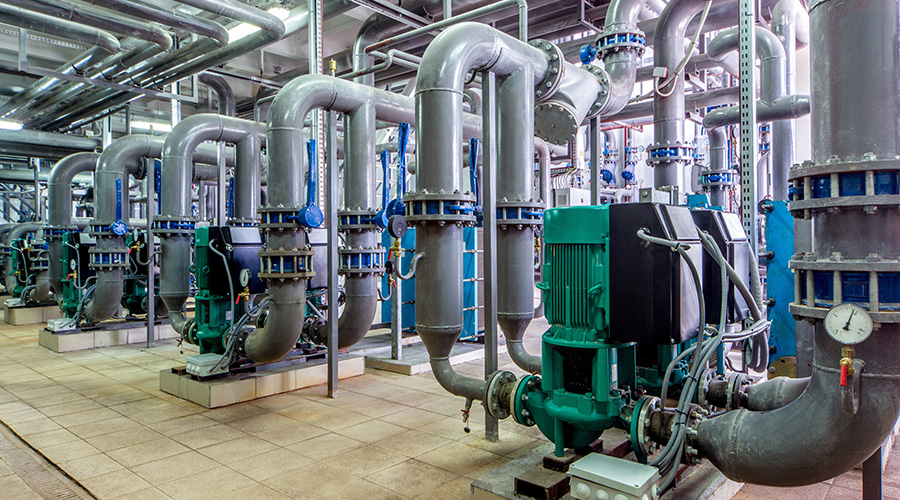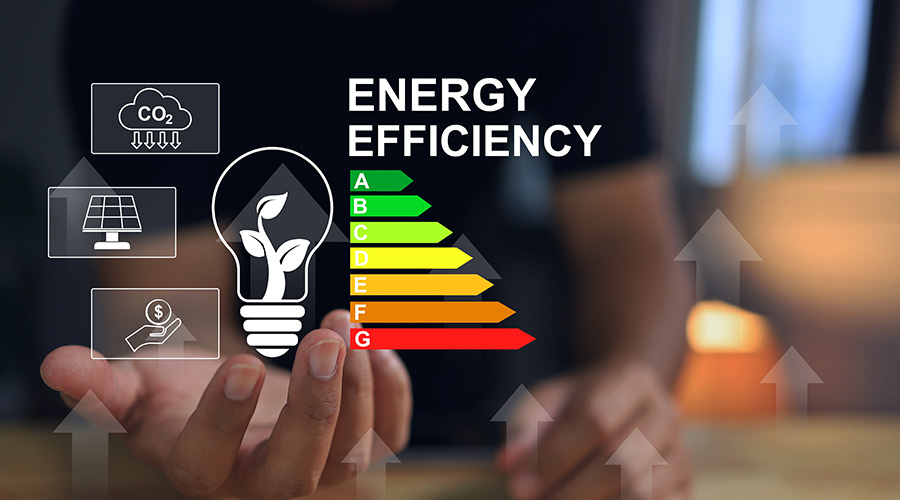Portable Cooling: Cooling-Load Estimates Not Enough
This rough estimate of the cooling load will give managers a budget number for cooling-equipment costs, but it is not a good idea to stop here and buy the cooling equipment using only a rough estimate, which can be too high or too low.
Too much cooling means the unit will operate inefficiently, increasing energy costs. Too little cooling can result in other problems, such as high humidity, heat stress on people and equipment, and major damage to heat-sensitive equipment in areas such as data centers and telecommunications rooms.
Estimates are not the same as accurately calculated cooling loads and can produce these undesirable results. It is always better to perform a detailed calculation in anticipation of an emergency and be ready with accurate solutions for various scenarios.
One way to sharpen the accuracy of cooling-load calculations is to use cooling-load calculator software. Managers fill in the blank fields, and the software does the calculation. While managers still will have to do accurate calculations, such as room and window measurements, the software acts as a checklist of things to consider and prevents the omission of critical items.
The software has some decided advantages, in addition to calculating the cooling load of existing equipment. It allows managers to perform what-if scenarios for various situations, including:
- duct and power runs
- types of building construction
- building orientation
- the effect of climate, including a database of wet-and dry-bulb temperatures by month, latitude, longitude, and elevation above sea level.
When time is limited or technical staff is unavailable, another strategy to improve the accuracy of calculations is to hire a professional cooling-load expert. This approach is a necessity if the cooling load involves large, complex multi-use buildings.
A host of considerations, such as air balancing for proper air flow and quality, as well as temperature and humidity control, require a great deal of technical know-how and instrumentation to carry out accurately. But done properly, they will produce the best result in the end.
Related Topics:













